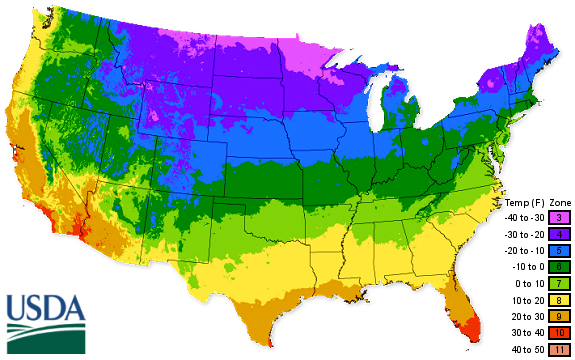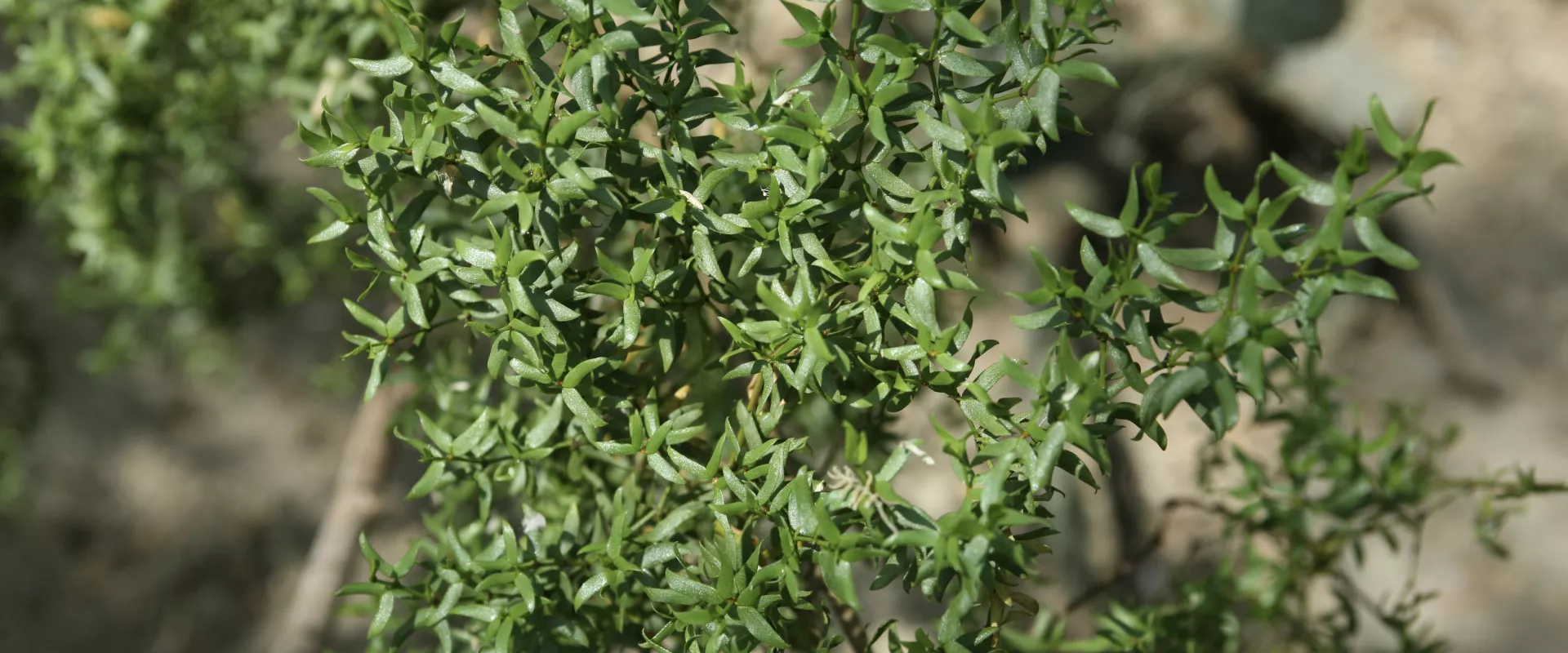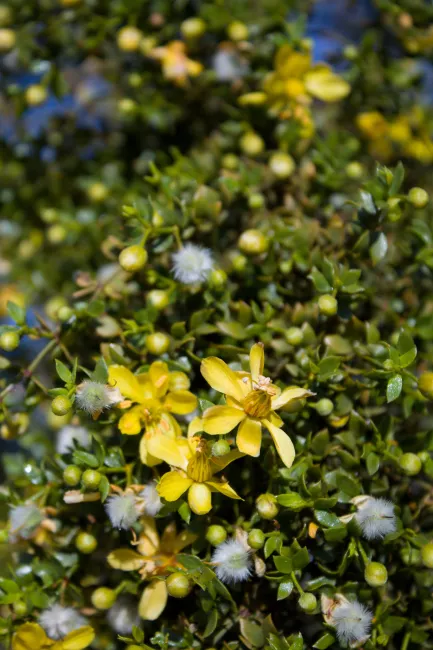About:
Chuckwalla baste in the sun on limbs of this plant. Learn more about Creosote.
Larrea tridentata
The USDA Plant Hardiness Zone Map is the standard by which gardeners and growers can determine which plants are most likely to thrive at a location. The map is based on the average annual minimum winter temperature, divided into 10-degree F zones.

7a (0 °F to 5 °F)
7b (5 °F to 10 °F)
8a (10 °F to 15 °F)
8b (15 °F to 20 °F)
9a (20 °F to 25 °F)
9b (25 °F to 30 °F)
10a (30 °F to 35 °F)
10b (35 °F to 40 °F)
Endangered Status
- Extinct in Wild (EW)
- Critically Endangered (CR)
- Endangered (EN)
- Vulnerable (VU)
- Near Threatened (NT)
- Least Concern (LC)
- Not Evaluated (NE)


